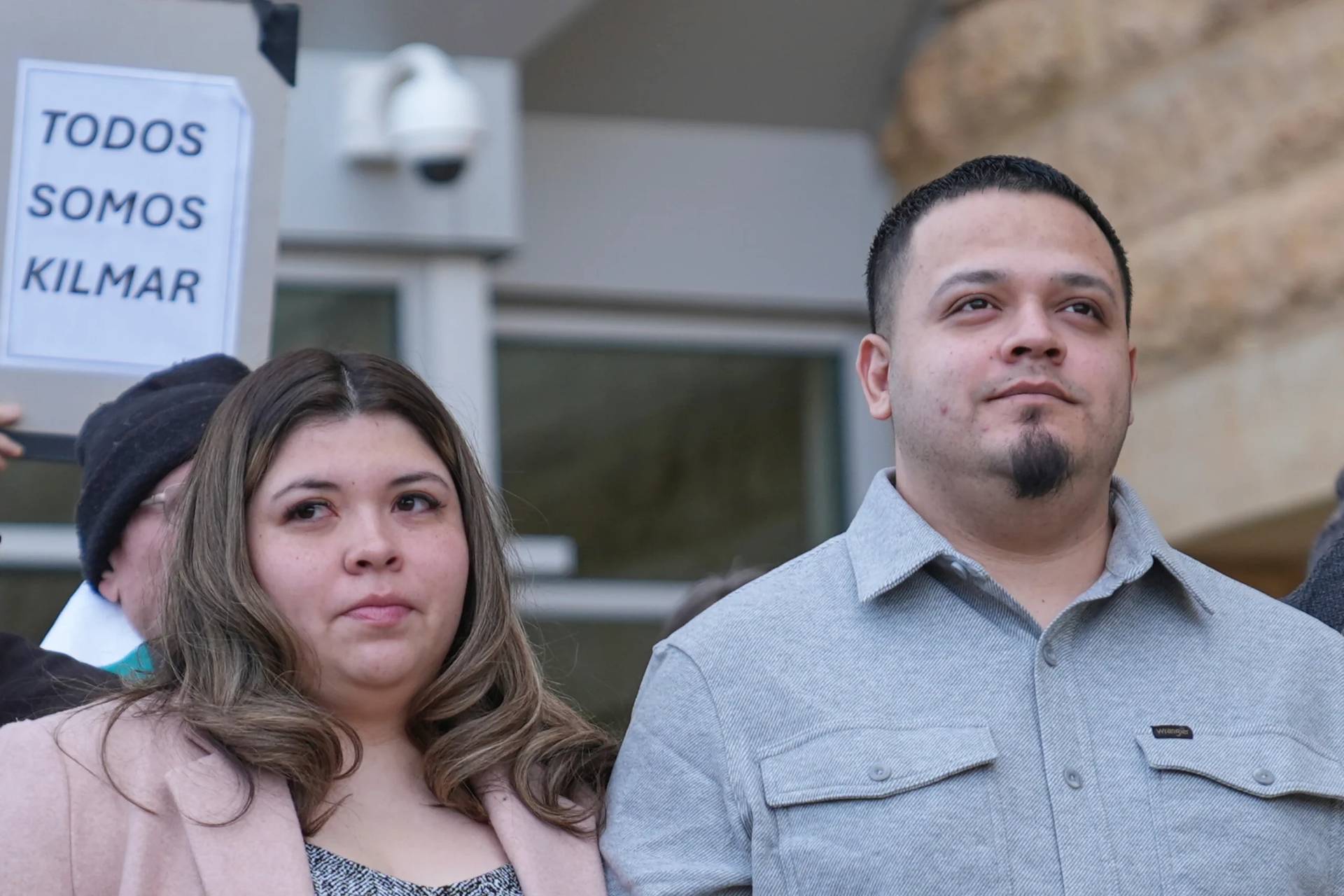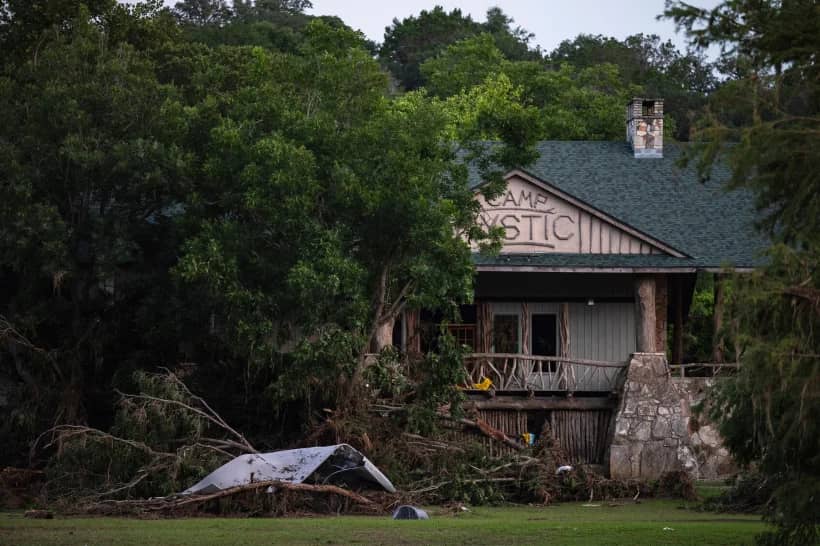NEW YORK – A decision by Bishop Edward Weisenburger of Tucson last fall to give the diocese’s synod leaders a blank canvas to carry out their vision for the process – so long as it was as inclusive as possible – has paid dividends with 131 listening sessions completed to date.
“We dreamed big,” Brother Silas Henderson told Crux. “We had the support of a bishop who was very interested in particularly hearing from those on the margins, the unchurched, and we just thought about what needs to happen to create a space in which people will feel free and will feel safe to come and share their experience.”
Henderson leads the Diocese of Tucson synod process with Sister Lois Paha, the diocesan director of pastoral services and formation. Their process relies on about 50 lay ecclesial ministers and permanent deacons trained to lead listening sessions across the southern Arizona diocese covering 42,707 miles that has north of 300,000 Catholics.
The listening sessions are akin to those nationwide. Each last 90 minutes to about 2 hours. The session begins with the prayer for the synod process from the Holy See. The session’s facilitator then explains the meaning of synodality, before participants are divided into groups of 6-8 people where they discuss five areas of synodality, each for 10 minutes. Each group then presents a roughly two-minute synthesis of their findings to the entire group.
The five areas are: Companions on the journey, listening, celebration, discussion and dialogue, and discernment and decision. They come from a list of 10 outlined in the Synod 2021 Vade Maecum from the Holy See. Henderson said the diocesan synod steering committee narrowed it down to the ones “that were most applicable to the dynamics of a mission diocese.”
The steering committee made another decision during those early meetings. They decided – as people mostly in their 50s and 60s – to create a subcommittee for youth and young adults that would be better suited to tailor the questions and themes to high school and college students, and young adults. The subcommittee is composed of college students and young professionals.
The fruits of the decision were realized early on. One of the highlights of the synod process thus far for Henderson was the first listening session he participated in with a group of 35 students from a local high school. He remembers holding back tears as the students opened up in a very honest and vulnerable way “how they didn’t feel understood and sharing how their experience as teenagers was undervalued.”
“One of the things that’s come out of this for me is a conviction that I think it’s time we stop referring to them as the future of the church and let them be the church and that’s one of the themes that comes through again and again,” Henderson said. “They want to be involved. They want to share their gifts, and yet, often, culturally, whether that’s parish culture or a broader culture we keep them at arm’s length because it’s like you’re not ready, yet the desire is there.”
Weisenburger said the feedback from the youth and young adult sessions correlates with the “deep concern” the older generation has that young people are leaving the Church. The information from this process, he hopes, “will help us adjust the way we catechize, teach and share the beauty of the faith.”
The listening sessions for the diocese’s 78 parishes and five high schools began mid-November and are slated to finish Feb. 15. What’s also unique about these sessions is that Weisenburger and the pastors usually don’t attend, which is by design.
“I do think that makes a difference because you generally have the people in the pews speaking to one another and so it also is allowing those of us who work on the diocesan level to get a real sense of where our communities are,” said Henderson, who is the executive director Jordan Ministry Team, a faith formation and catechetical ministry in the diocese.
Weisenburger told Crux that the diocese’s goal “is to match the talents of individuals with the needs of the Church,” acknowledging that the “excellent experience” Henderson and Paha have in catechesis, formation and education has “proved invaluable and kept the actual process of the listening sessions on target.”
Other pieces of feedback from parishioners include: frustrations that exist among families and parish communities related to the COVID-19 pandemic, the quality of the liturgy and preaching, hopes about how the church can become more inclusive, the commitment to evangelization, making spaces for those on the margins, and celebrating what’s happening in different communities across the diocese, according the Henderson.
“Sometimes what we hear can be very painful, because people do bring those experiences of hurt or alienation or disappointment, but then at the same time, especially in the sessions for high schools you hear the dreaming that will often come out of these sessions and I think it speaks to the diversity that exists even within a rural mission diocese like Tucson,” Henderson said. “It also speaks to the reality that the church is made up of people living very complex lives, but who continue to come together because of their faith.”
Weisenburger said the broad spectrum of the responses from parishioners “reveals a people who deeply love their Church and hope to be a part of its growth and vitality.”
“I sense something emotionally and spiritually freeing for people as they are given the space to voice their hopes, dreams, and concerns for our future,” Weisenburger siad.
After the parish and school listening sessions finish on Feb. 15, Henderson and Paha will reassess which voices haven’t been heard and schedule special sessions for different groups. Among them are the prison communities, immigrant communities at the U.S.-Mexico border, the religious in the diocese, and a diocesan-wide listening session for teenagers. They’ll also send out an online survey to try and reach anyone that didn’t want to or couldn’t attend a listening session.
Those special sessions will conclude at the end of March. Weisenburger will then receive the synthesis of the data and the report will be submitted to the United States Conference of Catholic Bishops, and with the flock in the diocese.
Henderson acknowledges that as the report makes its way up the church ladder it’s unlikely the specific notes from the Diocese of Tucson will make it to Rome. Although, in conversations that have already started across the diocese he knows that’s where its true value will be felt.
“The odds of a mission diocese like Tucson, of our feedback making it all the way to Rome after the national and international meetings is pretty slim, however, for the life of the diocese, for the sake of ministry, for the growth of the diocese, for the sake of evangelization, I think we all recognize the importance of really getting a sense of where people are,” Henderson said.
Follow John Lavenburg on Twitter: @johnlavenburg















